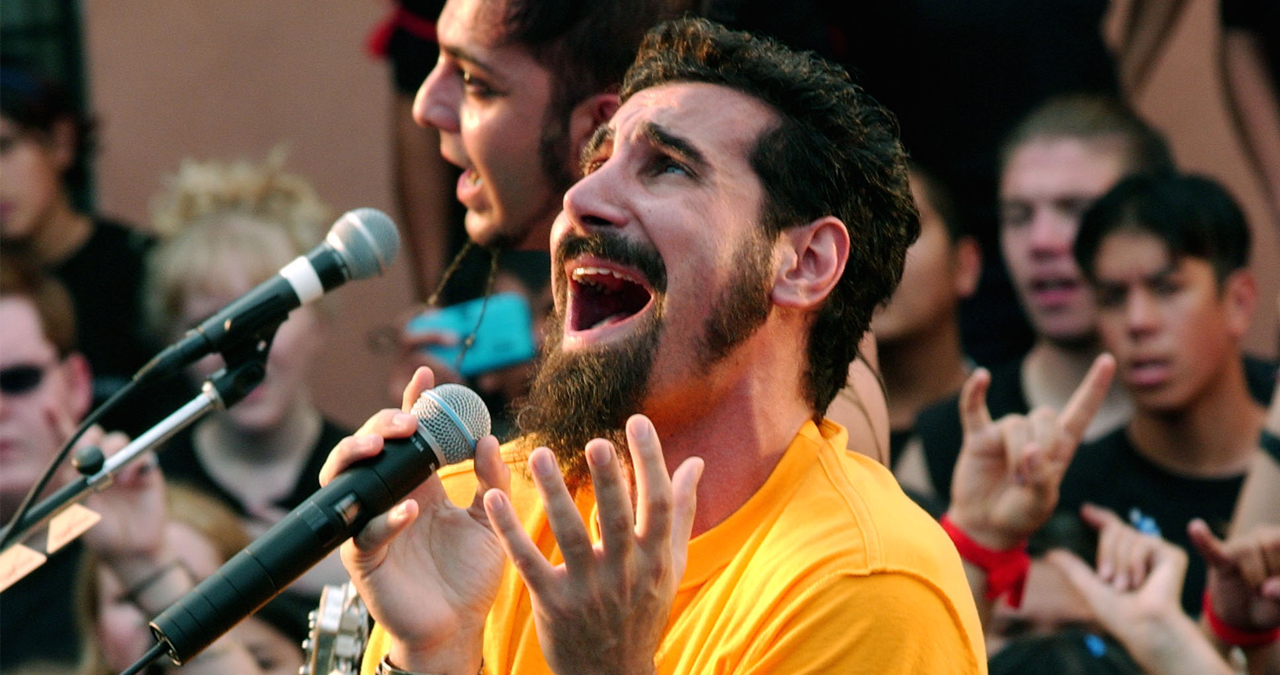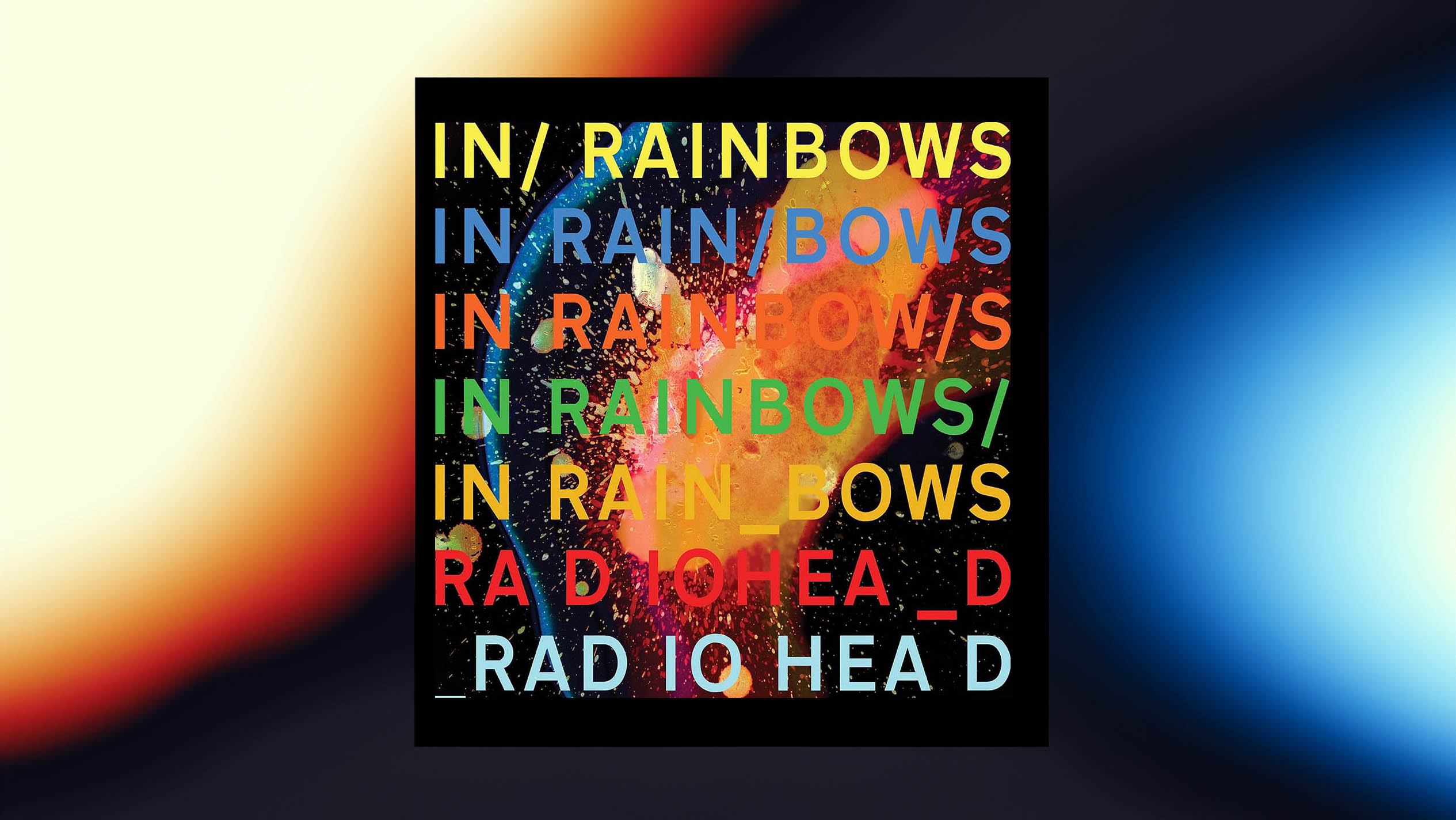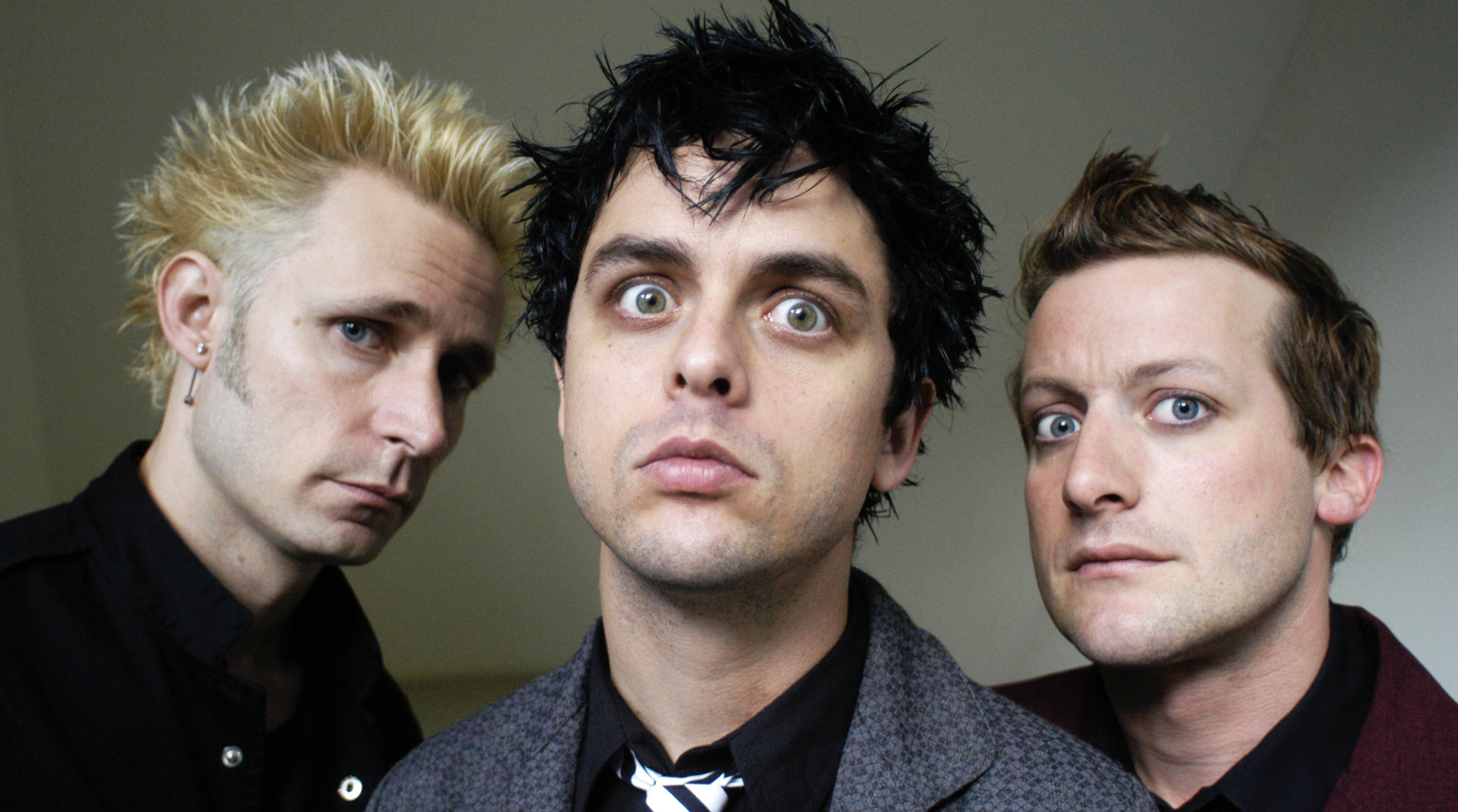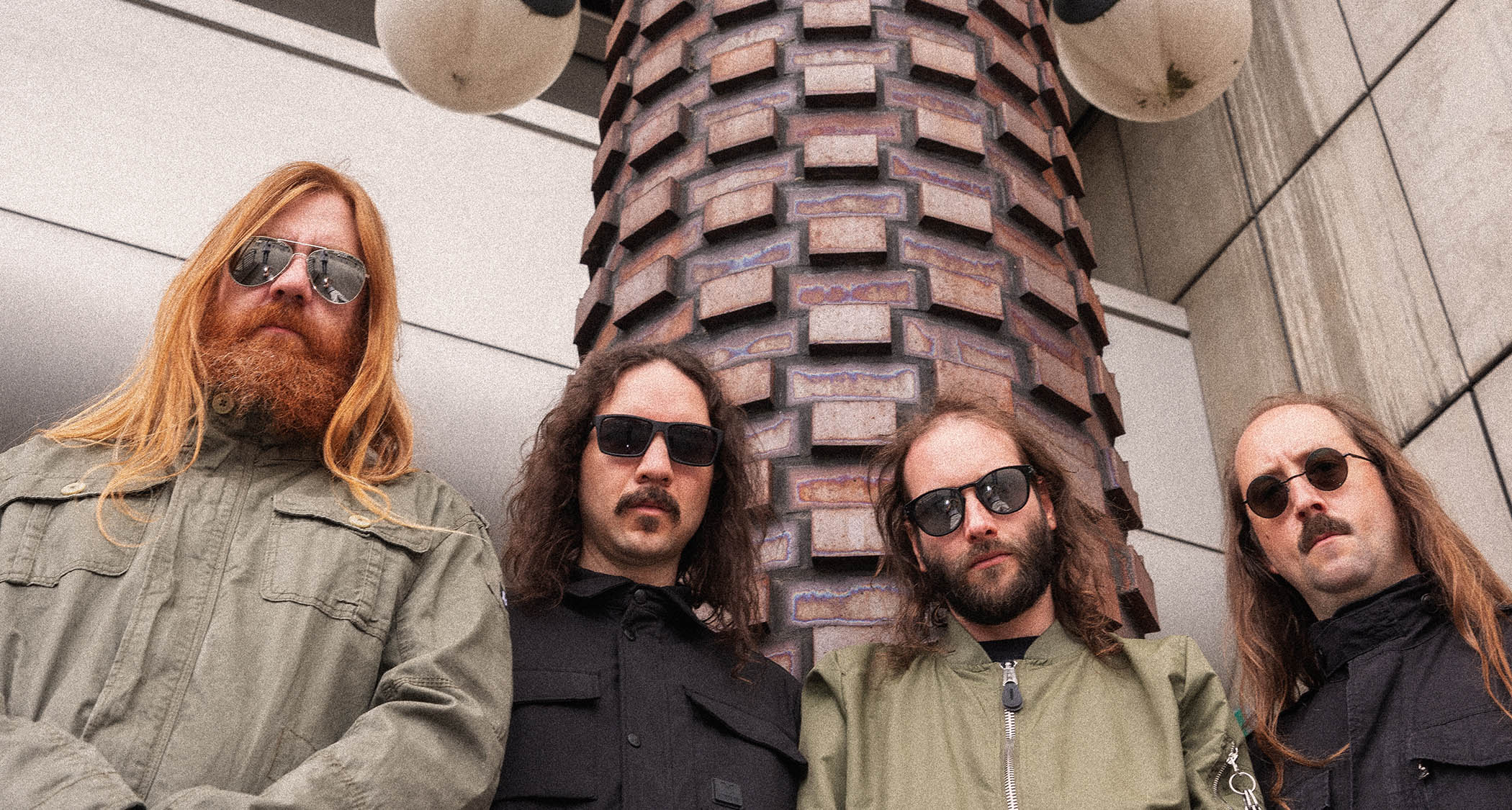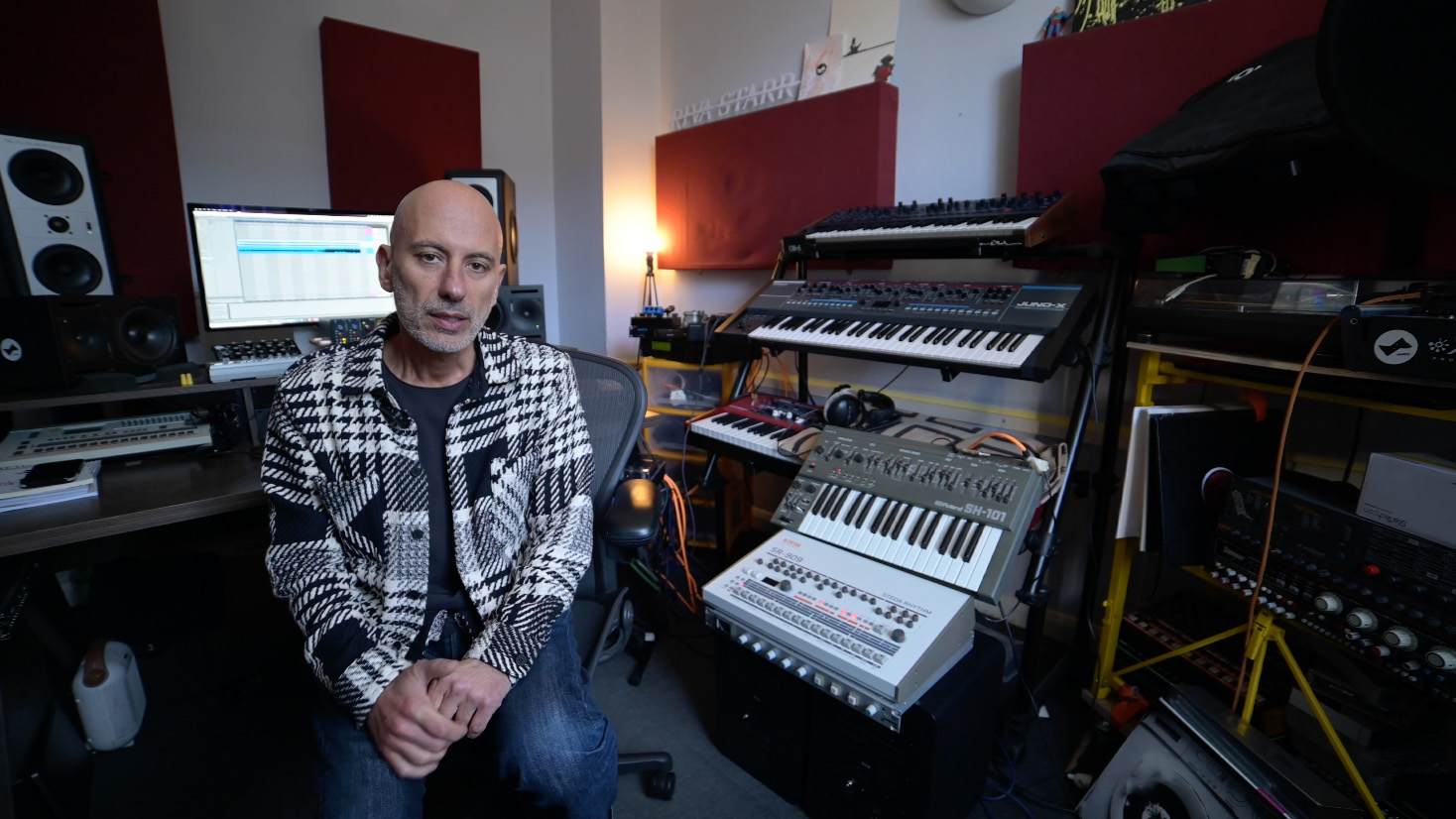“Calling anything with a loop or sample in it ‘hardgroove’ is kinda annoying and often misunderstands what the sound actually is”: Exploring the hardgroove genre
This techno subgenre has been rediscovered in recent years, but what elements make it stand apart from the rest?

First appearing in the late 1990s, and solidified by DJ and label owner Ben Sims, the subgenre of techno known as hardgroove has had numerous evolutions since its inception. Hinging around a relentless, driving energy, hardgroove's key elements can be detected within tracks by modern DJs and music-makers like Chontane, West Code and Baugruppe90.
But, while the genre is (as you can probably infer from its name) primarily oriented around hefty, uncompromising beats, there are also other arrangement components that are integral to any hardgroove template.
Firstly, a little history. The genre known as hardgroove had its early origins in many classic DJ approaches to classic hip-hop and funk sets - namely the arbitrary extending of a section of a record, the looping of a drum break or a more full-on section of a track to encourage intense dancing from the masses.
Inspired by this idea, and dissatisfied with the increasing array of notably differing sounds and approaches that were being lazily dubbed ‘techno’ back in the mid-90s , DJ and music-maker Ben Sims came up with the term ‘hardgroove’ to define a heavier variant that he had been pioneering, which took inspiration from the unique approaches of key influences, which included Todd Terry and Jeff Mills.
His classic mix tapes, released in the late 1990s. Collated tracks that adhered to a consistent style, and formalised the genre, and the term was later used for his own ‘Hardgroove’ label.
Though hardgroove itself has moved in and out of flavour over the intervening years, its focus on adding more variation to the core pulse of classic techno had an influence that went beyond its devotees.
So, what constitutes a hardgroove track? The sound of hardgroove amalgamates heavy-hitting kicks at its foundation, syncopated, dynamic percussion elements and often the incorporation of samples that tend to groove at their own pace - with multiple beats and breaks interweaving. There's a sense of constant momentum, yet with human, skittish and freewheeling flavours as opposed to the more rigidly motoring momentum of techno.
On a musical level, instrumentation and samples can be cribbed from heavy rock (distorted guitars), jazz (improvised brass parts) and funk (kinetic low-end). Improvisation and the feeling of expressive experimentation courses through some of the genre’s most effective tracks, while those throbbing kicks keep driving ever-forward
Speaking to Four Four Magazine last year, the genre’s most prominent figure, Ben Sims, had this to say on the term’s over-use in the years since he created it; “It’s great that there’s more funk-driven music being made, but just calling anything with a loop or sample in it ‘hardgroove’ is kinda annoying and often misunderstands what the sound actually is or even was. A lot of my identity as a DJ and producer is defined by that name, I’ve used it for nearly 30 years, so sometimes it’s difficult to not take it personally if it’s linked to a sound, track or artist I have no connection to or love for. I’ll still be representing hardgroove in its original form and style, regardless.”
Hardgroove key elements
Hardgroove key elements
1: Kick
A solid, relentless kick underpins all hardgroove tracks, typically mixed with a tight and upfront attack to maintain a constant central thump. The kick should dominate the low-end energy of the mix (generally between 30-80 Hz) and not overstay its welcome in terms of decay. It needs to be warm, clearly defined (avoid muddiness at all costs!) and most importantly, it should land with an impact. Saturation or distortion can be added to soak it in a bit more flavour - though remember, this will be pulsing through pretty much the entire duration of the track, so make sure you don’t overdo it.
Get the MusicRadar Newsletter
Want all the hottest music and gear news, reviews, deals, features and more, direct to your inbox? Sign up here.
2: Beats
Hardgroove is fixated around constant motoring beats and percussion. While that core pumping kick is a central pivot, the additional syncopated beats and rhythms can draw in drums and approaches that are typically found in a broad spectrum of world music, including tribal and Latin-infused instruments like bongos, congas etc. These elements should be repetitive yet can be quite creatively layered to add to a sense of dynamism. There shouldn’t be any breakdown or let-up in the energy front (though some DJs have been quite effective at adding more light/shade dynamics to their hardgroove arrangements)
3: Bass
The typical hardgroove bass line should be not overly complex and remain tightly in-sync with the core percussive rhythm. The idea here is to keep in mind that second component of the genre’s name - ‘groove’. You can therefore take cues from funk basslines, adding some variations and repetitive hook ideas but remembering that it shouldn’t try and deviate too much from the central energy of the spinal rhythm.
Mix-wise there should be more mid-range energy from the bass than you might expect from other genres, to take into account the intensity of the low-end kick's constant presence.
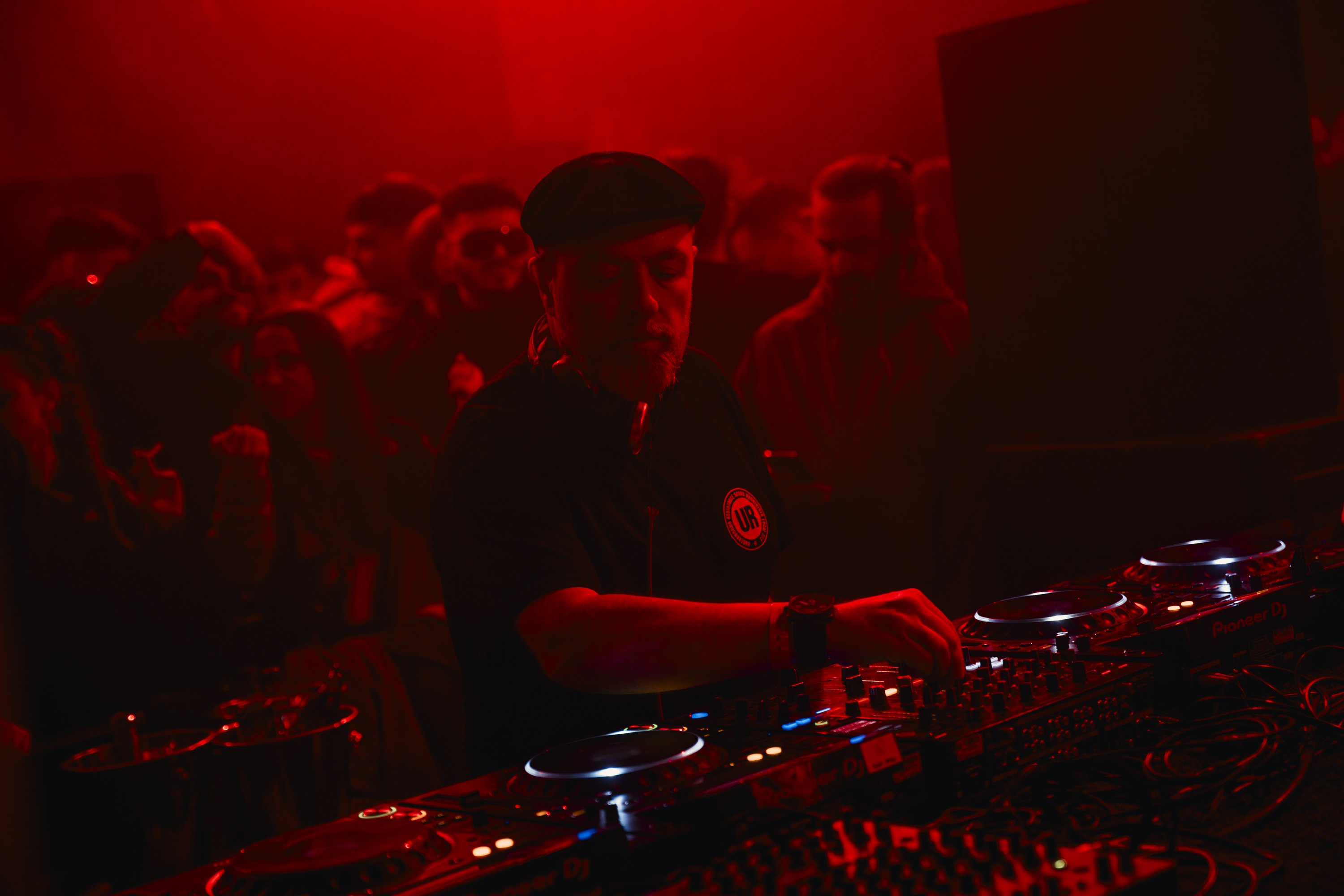
4: Melody and samples
While melodies should be kept relatively minimal, hardgroove’s genre-spanning foundations mean that it warmly welcomes elements from the funk and jazz universe. The latter genre especially - particularly the extended harmonies of 7th, 9th, 11th and 13th chords - can be cool to sprinkle atop a hardgroove mix, while sporadic improvised melodies on jazz-leaning instruments (like electric piano) can impart some human character. If you’re not confident enough to improvise, then deploy some samples.
5: Atmosphere
Pads and morphing synth textures can provide both the track’s harmonic information as well as creating a sense of space and atmosphere. LFOs can modulate aspects such as filter cutoff, pitch and volume to keep the sensation of things moving. Dull, lingering static sounds are anathema to the genre.
Hardgroove artists
Hardgroove artists
1: Ben Sims
Very much the architect of the genre, and the person who first named the field back in 1996. Ben Sims’ own music adheres very much to the hardgroove template, with ruthless beats, tribal and industrial elements, and a lo-fi ethos (primarily wrought through heavy use of analog gear). Sims also incorporates vocal chops into his tracks. He's the grandaddy of hardgroove, and so any of his work and artists he recommends (or are on his label) are worth exploring.
Cleric
A beat-smashing heavyweight who has been cutting tracks in the genre since 2012, Cleric can typically be found driving the beats at Fabric, Berhain and many of the world’s most renowned electronic music clubs. The track Validation Machine is a fine example of Cleric smashing the techno and hardgroove universes
ANNĒ
Signed to Ben Sims’ Hardgroove label, Greek producer ANNĒ is a great example of a modern artist evolving the genre into invigorating new shapes, with Peacock Feathers in particular being a tasty slice of pounding, techno-leaning hardgroove. What a kick sound!
Rue East
This Ben Sims-helmed remix of Rue East's Birmingham is a staple of the movement, and beloved by many of its key exponents. A ferociously intense insight into club life at the turn of the century. Close your eyes and you can almost feel the sticky carpet beneath your trainers…
Chontane
Berlin DJ, producer and modern hardgroove exponent Chontane has been a rising star of the club world in recent years, with impressive sets at Tresor, Basement and Fuse. Chontane's tunes incorporates influences from many electronic genere, but his hardgroove-leaning stuff goes hard!

I'm the Music-Making Editor of MusicRadar, and I am keen to explore the stories that affect all music-makers - whether they're just starting or are at an advanced level. I write, commission and edit content around the wider world of music creation, as well as penning deep-dives into the essentials of production, genre and theory. As the former editor of Computer Music, I aim to bring the same knowledge and experience that underpinned that magazine to the editorial I write, but I'm very eager to engage with new and emerging writers to cover the topics that resonate with them. My career has included editing MusicTech magazine and website, consulting on SEO/editorial practice and writing about music-making and listening for titles such as NME, Classic Pop, Audio Media International, Guitar.com and Uncut. When I'm not writing about music, I'm making it. I release tracks under the name ALP.

![Cleric - Validation Machine [CRG030] - YouTube](https://img.youtube.com/vi/2D01KgIJAs4/maxresdefault.jpg)
![ANNĒ - Peacock Feathers [HARDGROOVEDIGI022] - YouTube](https://img.youtube.com/vi/hB15j4--po8/maxresdefault.jpg)

